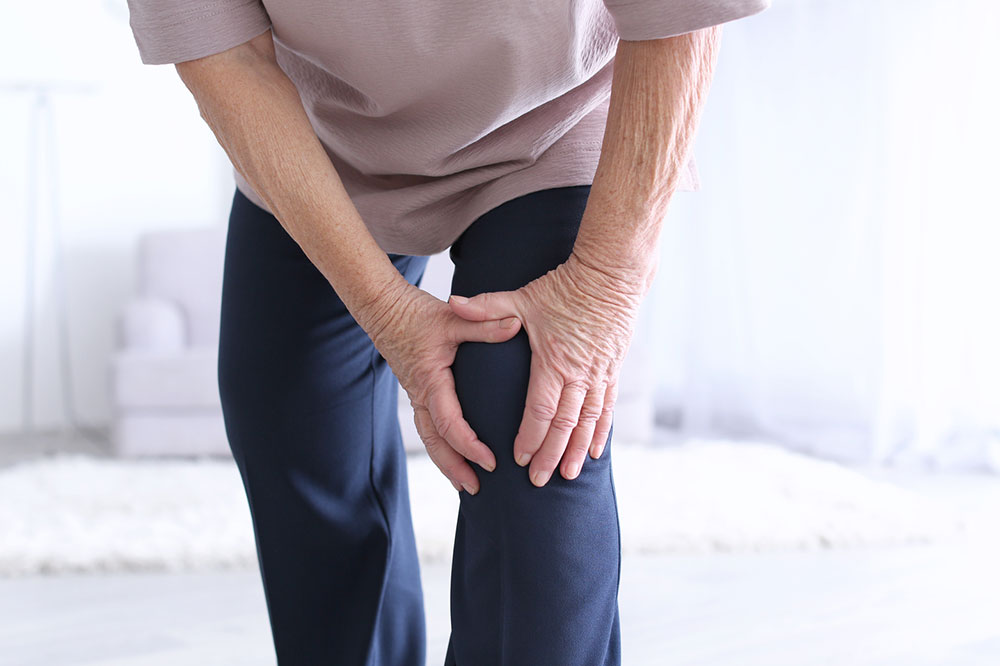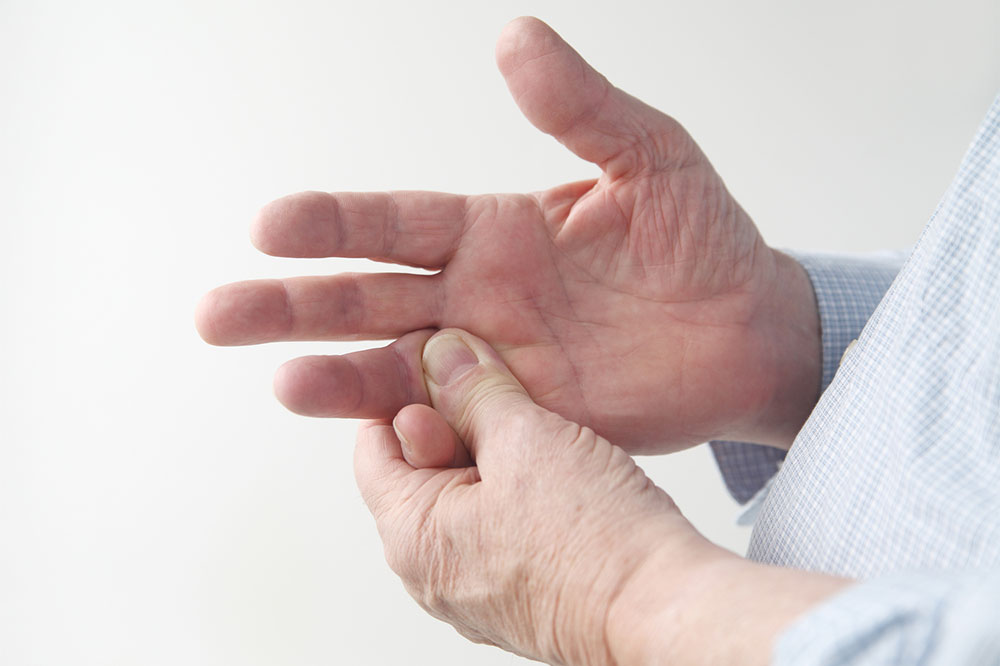6 common warning signs of COPD

Chronic Obstructive Pulmonary Disease (COPD) is a progressive respiratory condition affecting millions worldwide. While COPD typically develops slowly over time and is often diagnosed in its later stages, recognizing its early signs is crucial for timely intervention and management. It is crucial to explore the subtle but vital indicators that can signal the onset of COPD, understand their underlying causes, and comprehend how they are linked to this chronic condition.
Mentioned below are the warning signs of COPD:
- Persistent cough
A chronic cough that lingers in patients for weeks or months can indicate COPD. In some patients, the cough might recur frequently for no specific reason. Prolonged exposure to respiratory irritants like chemicals, pollen, dust, and other compounds can also trigger COPD symptoms. The constant inflammation in the lungs and the rest of the airway is a major contributor to the disease. Over time, the increased inflammation damages the tissues of the respiratory system, leading to decreased lung function. - Shortness of breath
Shortness of breath in patients with COPD is a common early warning sign of the condition. The patient’s airways and sacs are compromised because of the constant cough and irritant exposure. The damaged tissues mean less lung capacity. Initially, shortness of breath might be overlooked as a sign of aging or a lack of stamina in patients. However, as the condition progresses, breathlessness becomes more evident and might occur even when the patient is not participating in any physical activities. - Excessive mucus formation
Producing mucus is a way in which the body prevents further damage from the irritants that have managed to find their way into the respiratory system. The constant exposure to these irritants alerts the body to produce more mucus. The lungs use this mucus to entrap the irritant molecules and then eliminate them from the body. The mucus produced by the body during COPD is thicker and stickier. This makes it somewhat difficult for the patient to eliminate the mucus from the body, further aggravating their cough and breathlessness. - Tightness in the chest
COPD patients tend to complain of the feeling of heavy weight constricting their chest. This sensation of tightness or pressure is a common sign that can be an early indication of the condition. It can result from bronchoconstriction in patients or from increased inflammation. This can also prevent the air from freely flowing in and out of the lungs. As the condition progresses, tightness can become more pronounced in patients. It might, at times, be accompanied by shortness of breath in some patients. - Decreased stamina
Unexplained fatigue, reduced endurance, and constant exhaustion, even after minimal physical exertion, indicate that the patient might have an underlying condition. COPD limits the body’s ability to efficiently oxygenate the blood, resulting in an inadequate oxygen supply to muscles and tissues. This can lead to persistent fatigue and decreased stamina. It can affect an individual’s daily life and is often associated with reduced physical activity. - Wheezing
Wheezing is a sound produced by the body when breathing. It is particularly evident when exhaling. In COPD patients, excessive mucus buildup and constant coughing cause resistance to the free passage of air. This obstructive air passage in the airway causes vibrations and noise, resulting in wheezing. It is one of the most common early signs of COPD. Wheezing is indicative of narrowing airflow in patients and the presence of obstructions in the respiratory passages.







